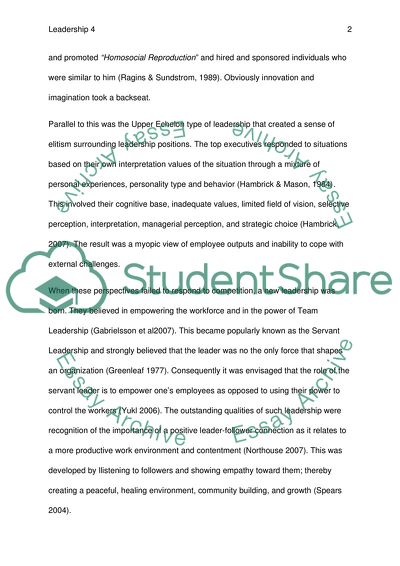Cite this document
(The Evolution of Leadership, Transformational Leadership, and Term Paper - 1, n.d.)
The Evolution of Leadership, Transformational Leadership, and Term Paper - 1. https://studentshare.org/human-resources/1723536-organisation-behaviour
The Evolution of Leadership, Transformational Leadership, and Term Paper - 1. https://studentshare.org/human-resources/1723536-organisation-behaviour
(The Evolution of Leadership, Transformational Leadership, and Term Paper - 1)
The Evolution of Leadership, Transformational Leadership, and Term Paper - 1. https://studentshare.org/human-resources/1723536-organisation-behaviour.
The Evolution of Leadership, Transformational Leadership, and Term Paper - 1. https://studentshare.org/human-resources/1723536-organisation-behaviour.
“The Evolution of Leadership, Transformational Leadership, and Term Paper - 1”. https://studentshare.org/human-resources/1723536-organisation-behaviour.


